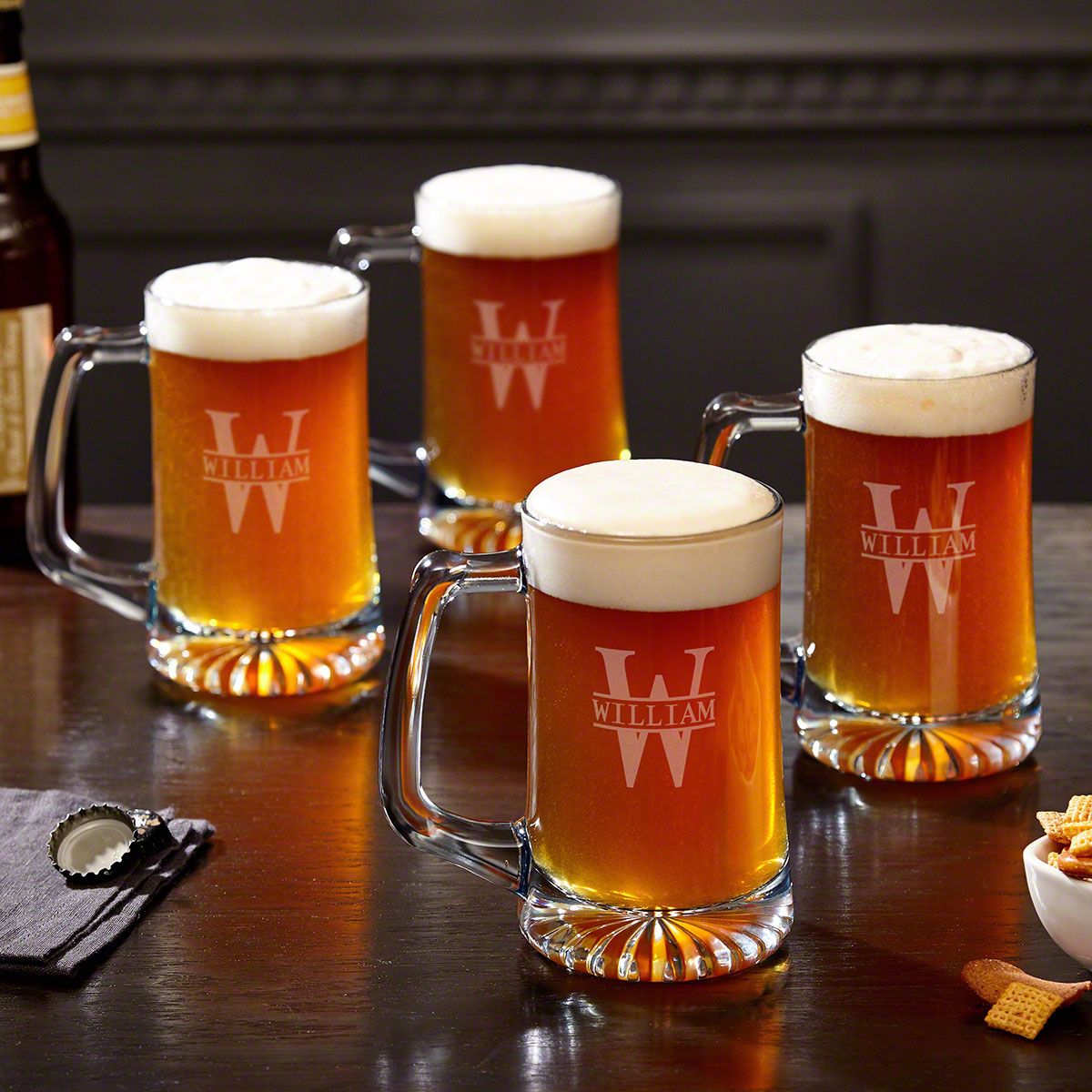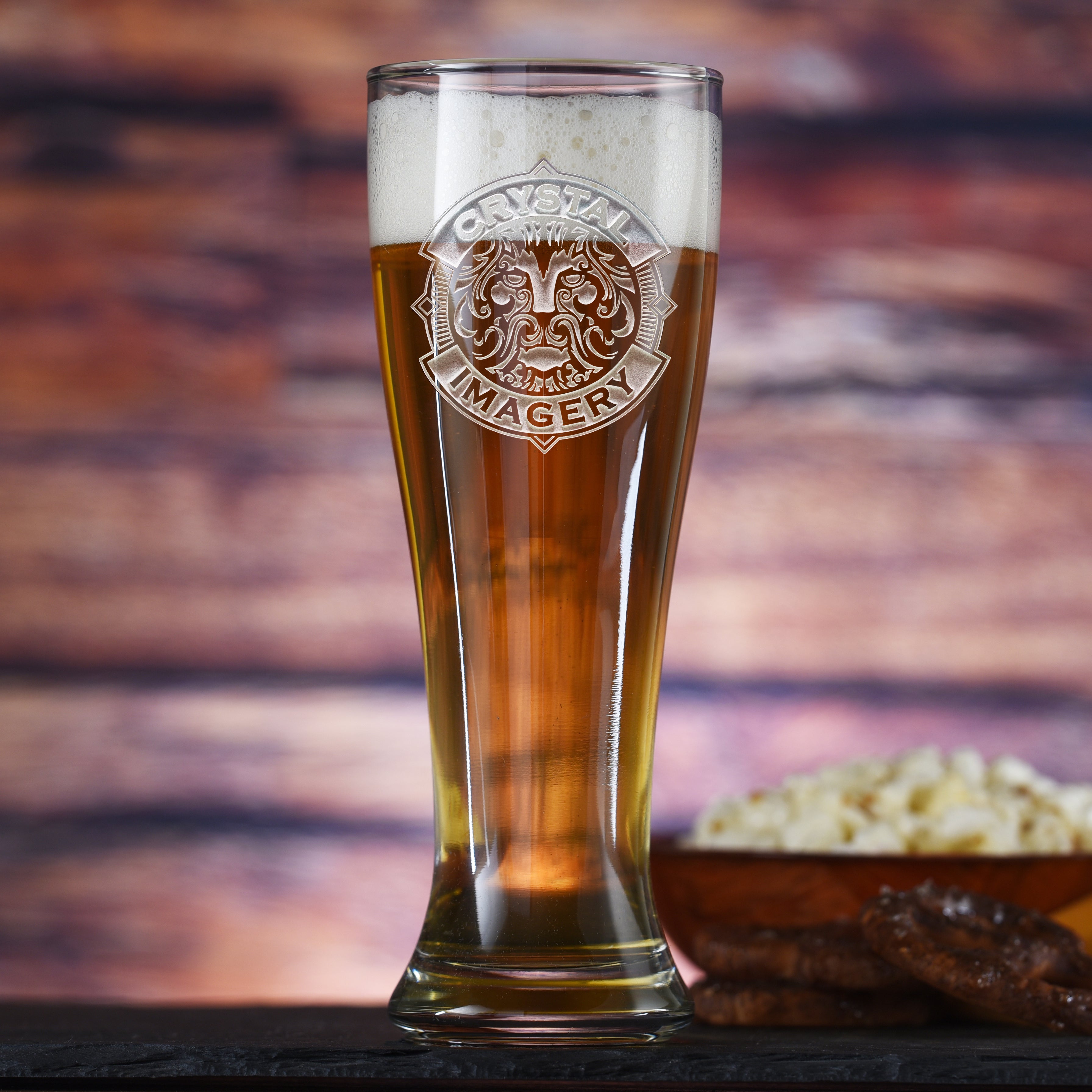
Similar to beer steins, tankards are traditionally made from pewter, or even silver, however the beer tankard is now often made from glass and comes in a variety of shapes and styles. Commonly seen at the Oktoberfest beer festival, the masskrug is a tall conical beer mug with a dimpled body. The term beer stein however the term stein is generally applied to most handled beer glasses, particularly the masskrug, famed for serving beer at Oktoberfest and other beer festivals in Europe.Ī mass is a German measurement equal to 1 litre, so a masskrug is literally translated as a 1 litre beer mug. Originally a ceramic beer mug, the beer stein is defined as being a beer mug with a lid, designed to keep flies and bugs out of your drink, making them ideal for outdoor drinking, and especially for use at beer festivals.

Popular at beer festivals such as Oktoberfest, the German beer stein or seidel often holds a larger volume of beer and may feature a lid which was traditionally used to keep bugs out. Beer mugs are made from a variety of materials, including glass tankards, pewter tankards and ceramic tankards. The classic British dimpled mug is a firm favourite among beer clinkers due to their sturdy design. The traditional handled tankard is still popular today and comes in many different forms. Used for serving a US pint, which is 16oz or 14oz, the American pint glass is commonly used in pubs around the world as a standard drinking glass and is available in various sizes, including 20oz pints and 10oz half pints for serving draught beer in the UK. The bulge also has a handy side effect, allowing for extra grip on a condensation covered glass.Īnother popular pub glass, the American beer glass, also known as shaker pint glasses are conical in shape. The bulge in the glass allows it to be easily stacked without sticking, and gives the glass its name which derives from the term "no nick" because the bulge helps reduce the surface area that touches other glassware it is stored with. Chosen for their looks rather than their tasting benefits, Tulip glasses are often made from toughened glass which makes them a practical choice for serving pints.Ī classic beer glass, the Nonic is commonly used in pubs and bars in the UK due to its stackable design and durable finish. A CE mark can also accompany a line on the glass.Ĭommonly used for serving Guinness and other dry stouts, the Tulip beer glass has now become a classic pub glass. 1/3 pint and 2/3 pint volumes have more recently been introduced to pub glassware to allow for a greater flexibility in drinks service. The two common types of nucleation are a laser etched nucleated base which offers optimum nucleation or a printed nucleated base which stands out more making it ideal for customisation and branding.Ī required stamp for draught beer service, the CE mark replaced the crown government stamp on pint glasses and half pint glasses to confirm the glass adheres to UK licencing laws. A nucleated glass features very small pits which allow the gas to be more readily released, which helps preserve the head of the beer.

Nucleated Beer GlassesĪ popular feature of modern beer glasses is a nucleated base, such as Arcoroc's Head-On-It glasses and Head First glasses. While delicate glasses may offer finer rims for tasting, toughened beer glasses are often popular with public houses due to their longer lifespan and glass safety.

Whether you're a home drinker or a pub landlord, you'll want to get the most benefits out of your chosen glassware, so you'll need to know the difference between your standard tulip beer glass and your German pilsner beer glass.īeer glasses are not only defined by their style and shape but also their various features.

Beer, lager and ale can be served in virtually any glass but choosing the best beer glass for your beer variety can instantly enhance the flavour, aroma and colour of your beer. Just like wine glasses, beer glasses come in a variety of shapes and sizes to complement your chosen beer, lager or ale.


 0 kommentar(er)
0 kommentar(er)
